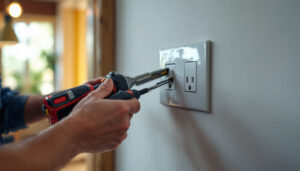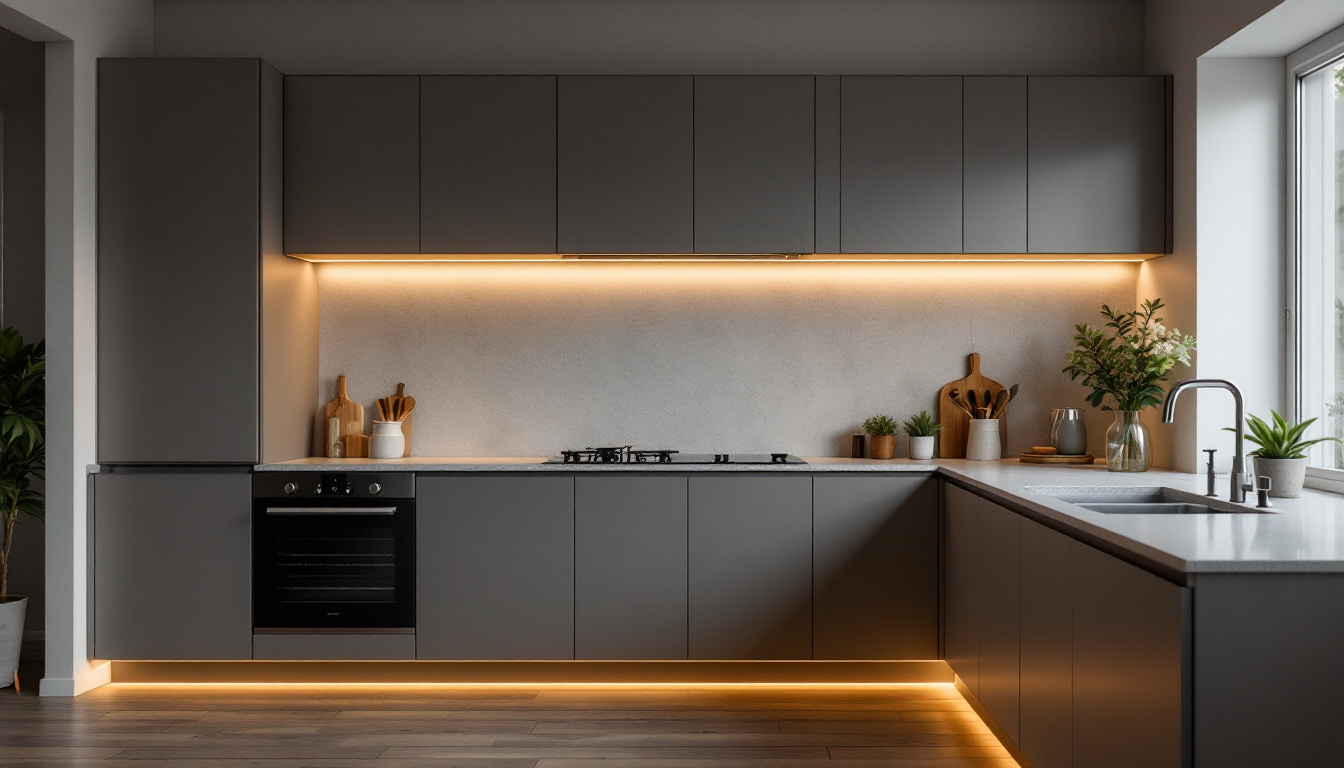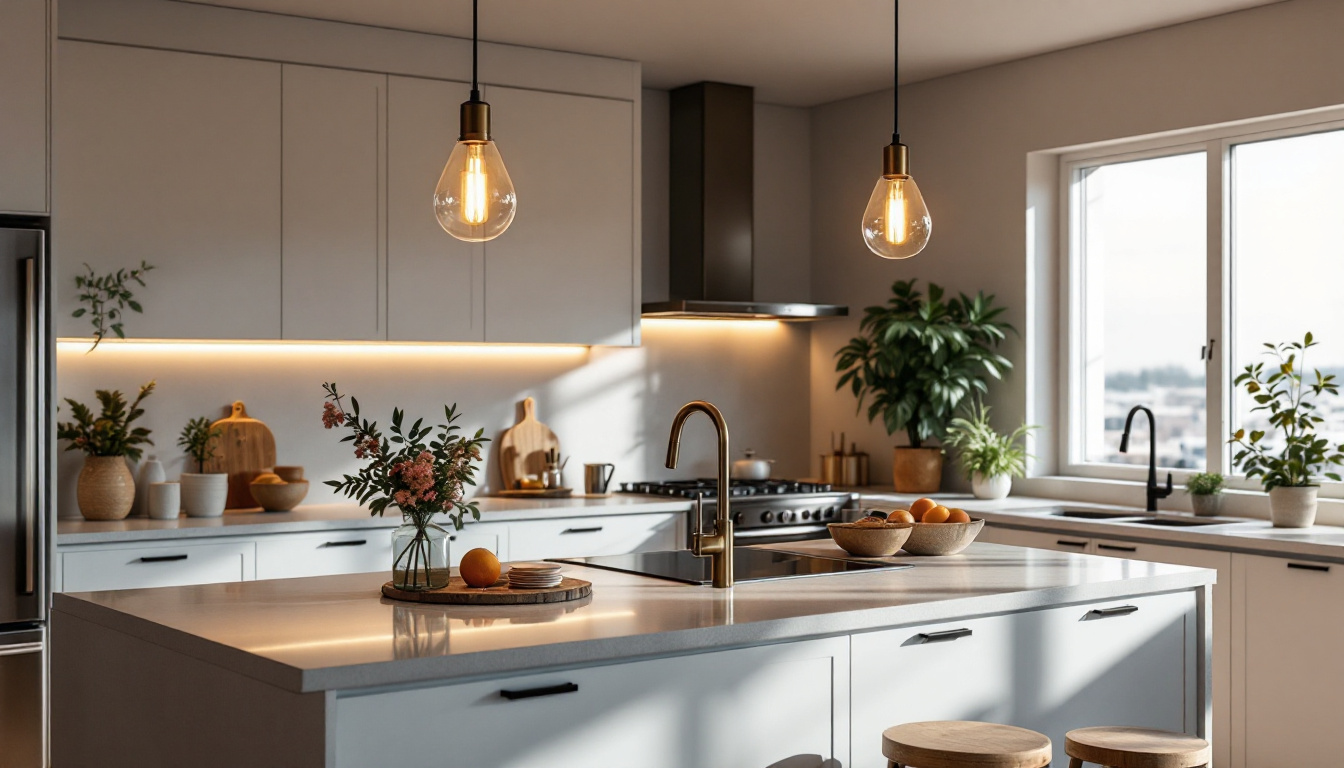

In the realm of commercial and industrial lighting, the choice of fixtures can significantly impact the overall effectiveness and efficiency of a project. Among the various lighting options available, troffer lights stand out as a versatile and practical choice for many applications. This article explores the features, benefits, and considerations of using troffer lights, making them an essential component for successful lighting projects.
Troffer lights are recessed lighting fixtures typically designed to fit into a standard ceiling grid. They are commonly used in offices, schools, hospitals, and other commercial spaces where uniform illumination is essential. Their sleek design allows for a clean and modern aesthetic, making them a popular choice among architects and interior designers. The ability to provide consistent lighting across large areas makes troffer lights particularly effective in environments where visibility is crucial, such as in classrooms or surgical rooms.
The design of troffer lights is characterized by their rectangular shape, which allows them to seamlessly integrate into ceiling tiles. They are available in various sizes, with the most common being 2×2 and 2×4 feet. Constructed from durable materials such as aluminum and polycarbonate, troffer lights are built to withstand the rigors of daily use while providing long-lasting performance. Additionally, many modern troffer lights feature advanced thermal management systems that help dissipate heat, enhancing their efficiency and lifespan. This thoughtful engineering not only contributes to energy savings but also ensures that the fixtures remain cool to the touch, reducing the risk of overheating in enclosed spaces.
Troffer lights come in several types, including LED, fluorescent, and incandescent options. LED troffer lights have gained immense popularity due to their energy efficiency, longevity, and low maintenance requirements. With a lifespan of up to 50,000 hours, LED troffer lights significantly reduce the need for frequent replacements, which can be a considerable cost-saving for businesses. Fluorescent troffer lights, while still in use, are gradually being phased out in favor of more energy-efficient alternatives. These traditional fixtures often require ballast replacements and can flicker or dim over time, leading to inconsistent lighting. Incandescent troffer lights are less common but may still be found in certain applications, particularly where warm light is desired. However, their high energy consumption and shorter lifespan make them a less favorable option compared to their LED counterparts. As technology continues to advance, we can expect to see even more innovative designs and features in the troffer light market, including smart lighting capabilities that allow for customizable brightness and color temperature adjustments, further enhancing their versatility in various settings.
Choosing troffer lights for a lighting project offers numerous advantages that can enhance both the functionality and aesthetic appeal of a space. Understanding these benefits can help lighting contractors make informed decisions when selecting fixtures for their projects.
One of the most significant benefits of troffer lights, particularly LED models, is their energy efficiency. LED troffer lights consume significantly less power than traditional fluorescent or incandescent options, leading to lower energy bills and reduced carbon footprints. This efficiency not only benefits the environment but also appeals to clients looking to reduce operational costs.
Troffer lights, especially LED variants, boast an impressive lifespan, often exceeding 50,000 hours. This longevity translates to fewer replacements and reduced maintenance costs over time. For lighting contractors, this means less time spent on servicing fixtures and more focus on completing new projects. Additionally, the reduced frequency of bulb changes minimizes disruptions in commercial environments.
Troffer lights are designed to provide even illumination across a space, reducing shadows and dark spots. This uniform light distribution enhances visibility and comfort, making it an ideal choice for work environments where productivity is crucial. Moreover, many LED troffer lights offer adjustable color temperatures, allowing contractors to tailor the lighting to suit specific tasks or preferences.
While troffer lights are relatively straightforward to install, there are several factors that lighting contractors should consider to ensure a successful installation process. Understanding these considerations can lead to more efficient and effective lighting solutions.
Before installing troffer lights, it is essential to assess the ceiling type and height. Troffer lights are designed for drop ceilings, so if the project involves a different ceiling type, alternative fixtures may be necessary. Additionally, the height of the ceiling can impact the spacing and number of troffer lights required to achieve optimal illumination.
Proper wiring is crucial for the safe and efficient operation of troffer lights. Contractors must ensure that the electrical system can support the load of the new fixtures. This may involve upgrading existing wiring or installing new circuits. Understanding local electrical codes and regulations is also vital to ensure compliance and safety.
To achieve the best lighting results, contractors should carefully plan the layout of troffer lights. Factors such as the size of the space, the height of the ceiling, and the intended use of the area will influence the spacing between fixtures. A well-planned layout will ensure even light distribution, enhancing the overall effectiveness of the lighting design.
Troffer lights are versatile fixtures that can be used in a wide range of applications. Understanding where and how to use them can help contractors maximize their effectiveness and meet client needs.
In office environments, troffer lights provide the necessary illumination for productivity while maintaining a professional aesthetic. Their ability to reduce glare and provide uniform lighting makes them ideal for workstations, conference rooms, and common areas. Additionally, the energy efficiency of LED troffer lights aligns with the growing emphasis on sustainability in corporate settings.
Schools and universities benefit from troffer lights due to their ability to create a conducive learning environment. Classrooms, libraries, and auditoriums require consistent and reliable lighting, which troffer lights can provide. Furthermore, the low maintenance and long lifespan of these fixtures are particularly advantageous in educational settings, where budget constraints are often a concern.
In healthcare facilities, lighting plays a critical role in patient care and comfort. Troffer lights are commonly used in hospitals, clinics, and examination rooms due to their ability to provide bright, even illumination. The use of adjustable color temperatures can also enhance the healing environment, making patients feel more at ease during their visits.
Selecting the appropriate troffer lights for a project involves considering various factors, including design, functionality, and client preferences. By taking the time to evaluate these elements, contractors can ensure they provide the best lighting solutions for their clients.
When choosing troffer lights, it is essential to assess the light output, measured in lumens, to ensure it meets the specific needs of the space. Higher lumen outputs are suitable for areas requiring bright lighting, while lower outputs may suffice for spaces needing softer illumination. Additionally, evaluating the efficacy, or lumens per watt, will help determine the energy efficiency of the fixtures.
Troffer lights are available in a range of color temperatures, typically measured in Kelvin. Warmer color temperatures (2700K-3000K) create a cozy atmosphere, while cooler temperatures (4000K-5000K) promote alertness and focus. Understanding the intended use of the space will guide the selection of the appropriate color temperature, ensuring that the lighting complements the environment.
While functionality is paramount, the design and aesthetics of troffer lights should not be overlooked. Many modern troffer lights come in sleek designs that enhance the overall look of a space. Contractors should consider the architectural style of the building and the preferences of the client when selecting fixtures to ensure a cohesive design.
The lighting industry is constantly evolving, and troffer lights are no exception. Emerging technologies and trends are shaping the future of these fixtures, offering exciting possibilities for contractors and clients alike.
As smart technology becomes increasingly prevalent, the integration of smart features into troffer lights is on the rise. This includes the ability to control lighting remotely, adjust brightness and color temperature, and even monitor energy usage. Contractors who embrace smart lighting solutions can offer clients enhanced control over their lighting environments, leading to improved energy efficiency and user satisfaction.
With a growing emphasis on sustainability, energy efficiency standards for lighting are becoming more stringent. Troffer lights are likely to see advancements in technology that further improve their efficiency and reduce energy consumption. Staying informed about these developments will enable contractors to offer cutting-edge solutions that align with environmental goals.
Innovations in design are also expected to influence the future of troffer lights. Manufacturers are exploring new materials, shapes, and configurations to enhance aesthetic appeal while maintaining functionality. This evolution will provide contractors with a broader range of options to meet diverse client needs and preferences.
Troffer lights have established themselves as a vital component in the lighting landscape, offering a blend of efficiency, versatility, and aesthetic appeal. Their numerous benefits make them a go-to choice for lighting contractors working on commercial and industrial projects. By understanding the features, applications, and future trends of troffer lights, contractors can make informed decisions that lead to successful lighting projects.
As the industry continues to evolve, staying abreast of advancements in technology and design will ensure that contractors remain competitive and capable of meeting the changing needs of their clients. Embracing troffer lights as a fundamental element in lighting design will undoubtedly contribute to the success of any project.
Ready to elevate your lighting projects with the efficiency and style of troffer lights? Look no further than LumenWholesale, where we provide contractors with the highest quality, spec-grade lighting solutions at unbeatable wholesale prices. Say goodbye to local distributor markups and hello to a vast selection of premium lighting that meets rigorous industry standards. With LumenWholesale, bulk buying is a breeze, and with free shipping, you can rest assured that you’re getting the best value without any hidden costs. Make your next project shine and experience the ultimate in quality, affordability, and convenience. Wholesale Lighting at the Best Value is just a click away.

Discover why purchasing under cabinet lighting in bulk from local distributors might not be the best choice.

Discover how low voltage under cabinet lights can transform your lighting projects and help you secure more contracts.

Discover essential insights for lighting contractors on selecting and installing the perfect kitchen island lighting.

Discover the insider secrets of lighting contractors with our comprehensive guide to industrial fixtures lighting.
Get notified when NEW deals are released.
Optimize your budget with wholesale discounts.
Only top-quality, specification-grade lighting products.
No additional costs at checkout - what you see is what you pay.
We understand the unique needs of contractors.